Teaching about Refugees
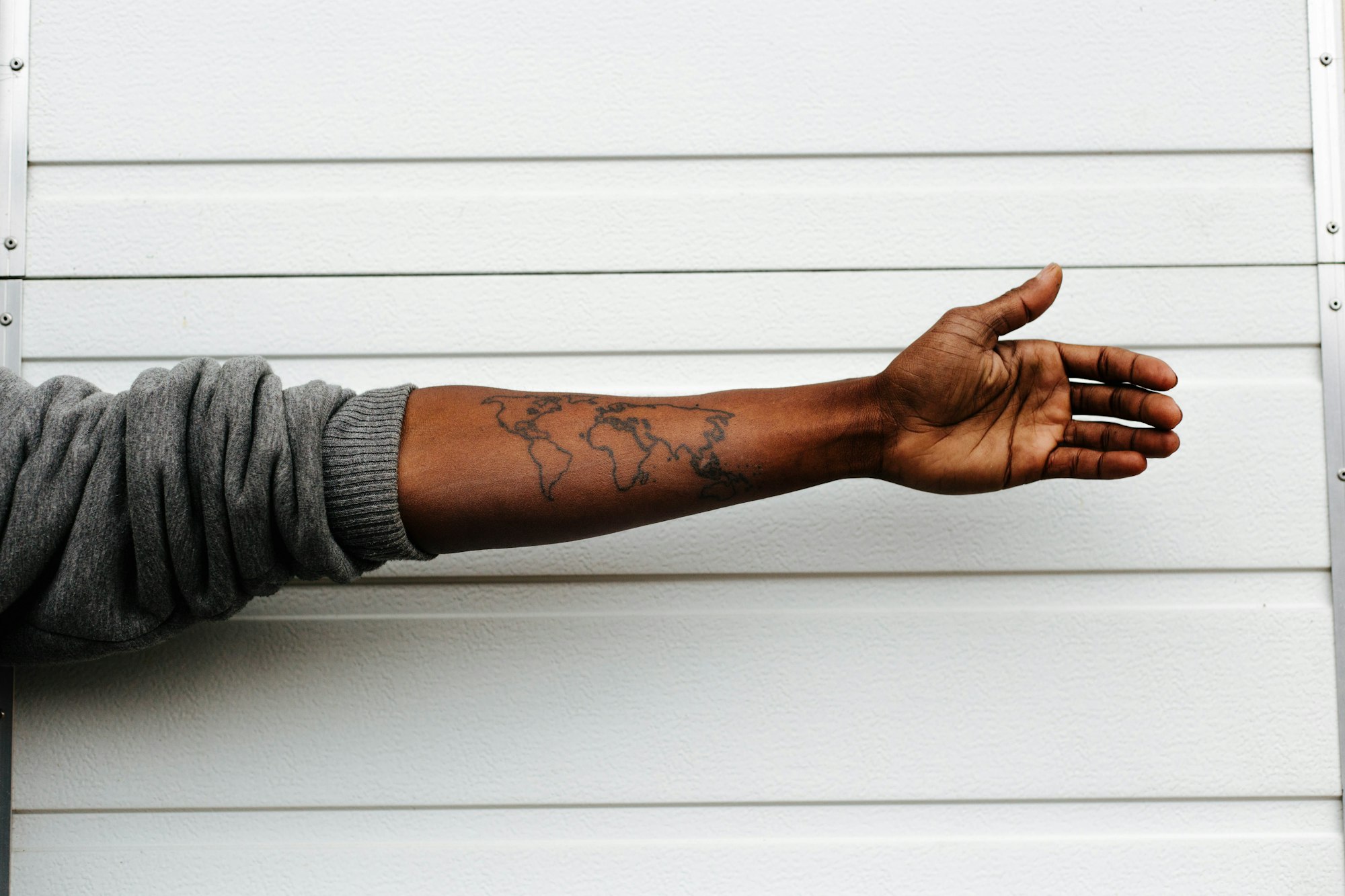
As part of my grade seven social studies course, I have spent the past few years teaching a mini-unit about refugees. In our curriculum, students are expected to learn about push and pull factors that cause people to move, human rights, and quality of life, all of which can be discussed by learning about refugees around the world. More importantly, the topic has been a timely one the past few years. With politicians and internet pundits throwing around language that dehumanizes refugees and immigrants, it is important to teach about the struggle refugees face and to promote compassion.
Below are a collection of resources that are useful for teaching about refugees in a middle years classroom.
Picture Books
I like to start our study of refugees with picture books. First of all, picture books allow for multiple points of entry for students at varying ability levels, and the books below are rich texts. With these texts students can learn about the struggles many refugees face.
Typically I start by having students work in small groups to identify a picture, symbol, colour, and word that represent their given book. Afterwards, the groups must identify push factors causing the characters to leave home, pull factors pulling them to their new home, and the struggles they face. Groups can then compare answers to see the commonalities and differences in the refugee experiences. The books are listed below:
Wishes (or Espoirs in French), written by Mượn Thị Văn and illustrated by Victo Ngai - This story presents a series of heartbreaking and hopeful wishes for a Vietnamese family in search of a new home. This story is based on the author's own experiences.
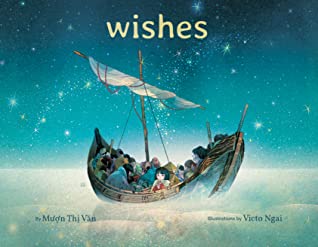
Stepping Stones, by Margriet Ruurs - The pictures in this piece are made up of stones that were arranged by Syrian artist Nazir Ali Badr. They are particularly compelling. The book tells the story of a family who was forced to flee a civil war. It has both English and Arabic text.
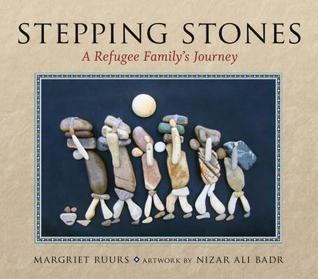
The Journey (or Partir au-delà des frontiéres in French), by Francesca Sanna - A story of a family who must leave their home to escape a devastating war. This is a text that takes multiple readings to catch the deeper meaning and full emotional resonance of the illustrations.
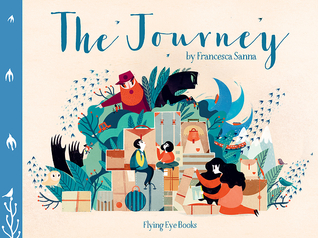
Out, by Angela May George - This tells the story of a girl and her mother who must make a difficult journey to get out of danger, and make a new life in an unfamiliar country.
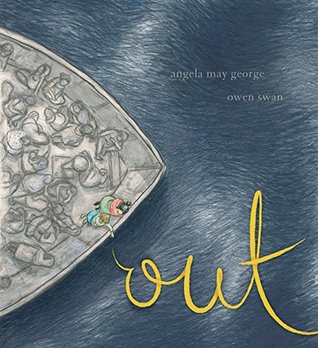
Brothers in Hope, by Mary Williams - Based on a true story, this book is about the Lost Boys of Sudan. It is a slightly longer and more challenging text than the others in this list.
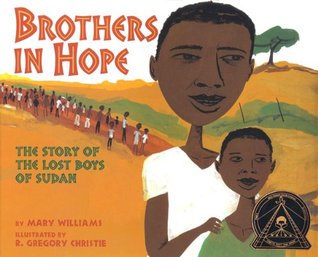
Oskar and the Eight Blessings, by Tanya Simon and Richard Simon - After escaping Kristallnacht, the main character arrives alone in New York City and journeys to find his aunt.
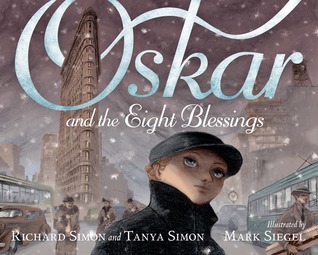
My Beautiful Birds, by Suzanne Del Rizzo - A book that tells about a boy's arrival and adjustment to a refugee camp after escaping the Syrian civil war.

- Mustafa (or Mustafa in French), by Marie-Louise Gay - The main character Mustafa adjusts to life in his new home, while dealing with past traumas and feeling invisible. A sweet story about friendship across cultures.
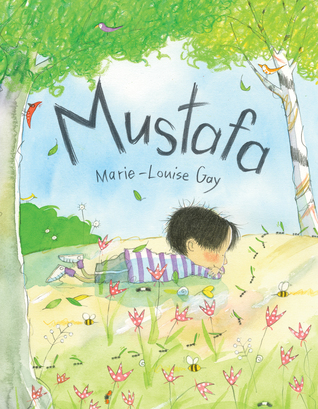
- A Different Pond, written by Bao Phi and illustrated by Thi Bui - A boy goes fishing with his father, a refugee from Vietnam, giving a glimpse into the joys and struggles of refugees in their new home.
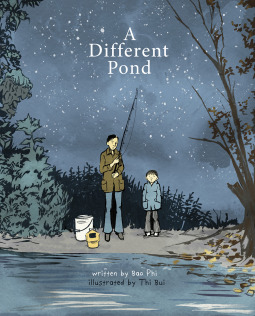
- Where Will I live? (or Où vais-je vivre? in French), by Rosemary McCarney - This book features photos of children who are refugees from around the world with simple reflections about their experiences.
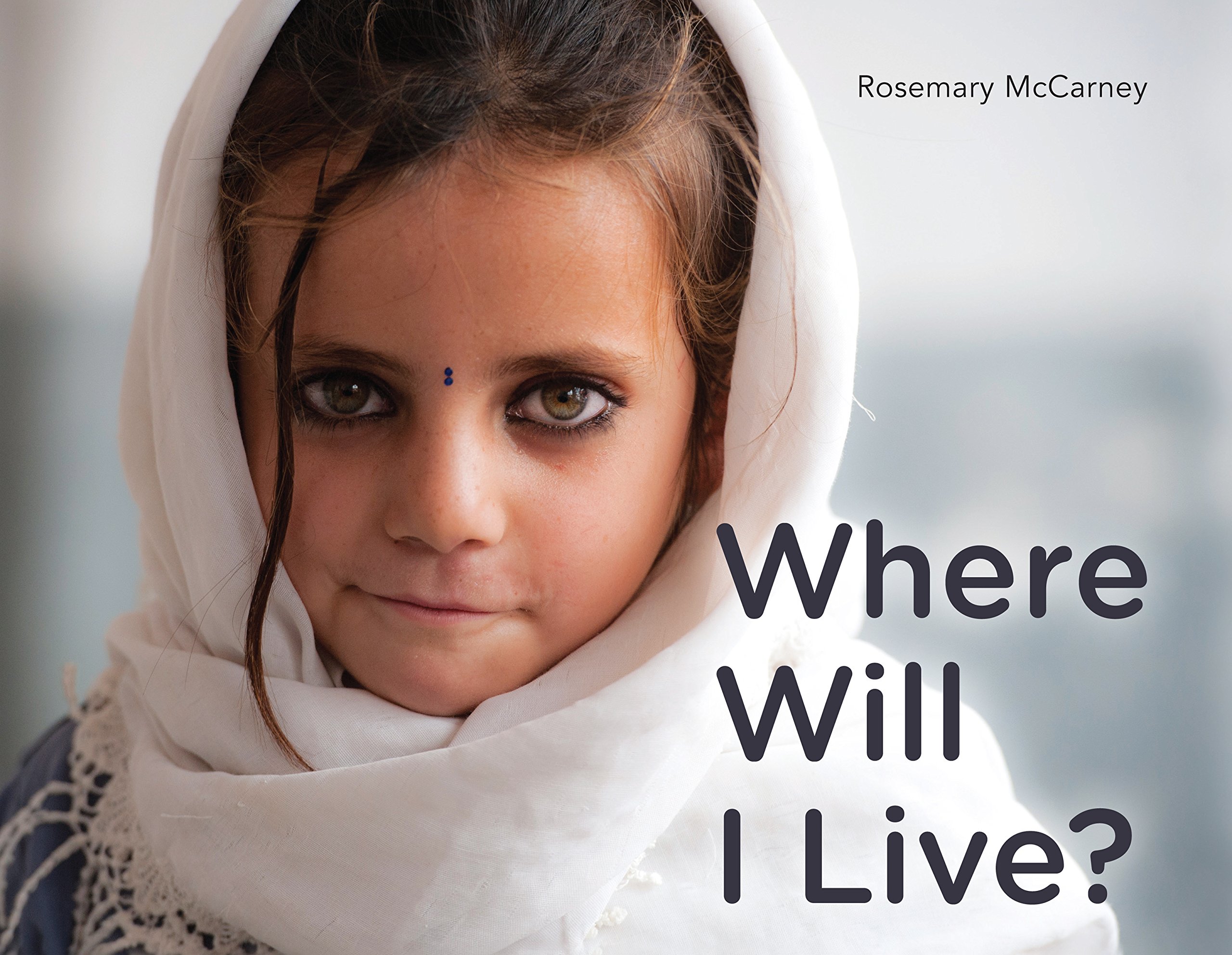
- My Name is Not Refugee (or Réfugié n'est pas mon nom in French), by Kate Milner - A story that shows each stage of a mother and son's journey to safety through the eyes of a young child.
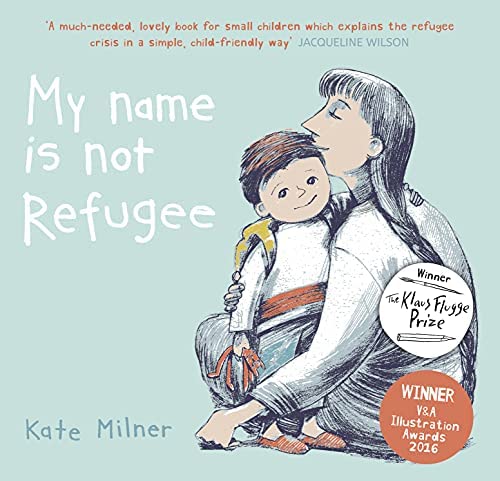
- The Paper Boat: A Refugee Story, by Thao Lam - This wordless picture book recounts the journey of a family out of war-torn Vietnam. Watch for the family of ants' perilous journey across the ocean that mirrors the main character's experiences.
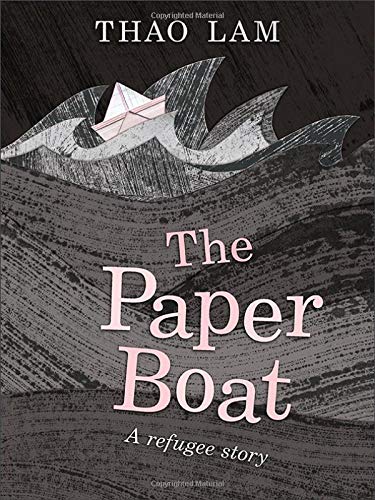
Videos, Poems, and Other Content
In addition to examining picture books, we also explore other media that help students better understand refugees and their experiences. There is a flaw with the list below, particularly with the first two entries that present the refugee experience through the eyes of people who are not refugees. They are still useful videos, but I'm going to endeavour to add more media that centers refugee voices as I find them.
-
What They Took With Them - This poem features actors reading a list of what refugees took with them when they had to leave home. Prior to viewing this video, I have students create their own list. Comparing the two leads to excellent discussions.
-
Touring a Refugee Camp - There are a variety of videos online that allow us to see what life in a refugee camp is like. I show students videos where authors Neil Gaiman and John Green act as tour guides and help us interpret the images we are seeing, although it is also helpful to turn off the audio and ask students to think about what they see. The videos give insights into what life is like in the camps and what the people there have experienced.
-
Refugees Past and Present - In this video, a refugee from Syria and a refugee from World War II outline their experiences. Seeing the two accounts told side by side helps emphasize the similarities between a child refugee of the Holocaust and a child refugee of today.
-
Home - This poem by Warsan Shire is not for younger students, but offers a powerful glimpse into the desperation refugees face.
Along with these resources, we also examine current news articles relating to refugees. Through class discussions and written reflections, students gain a better understanding of what it means to be a refugee and hopefully greater compassion for those individuals have no choice but to flee their homes.
Want more books about refugees? Check out 10 Books about Refugees for Middle Years.
